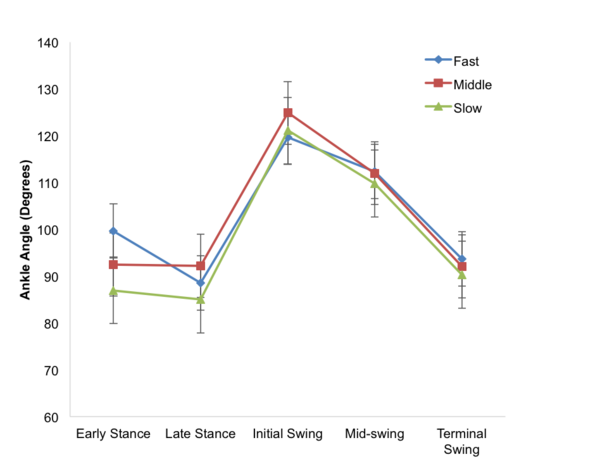Stride Frequency, Body Fat Percentage, and the Amount of Knee Flexion Affect the Race Time of Male Cross Country Runners
(1) Cedar Falls High School, Cedar Falls, Iowa, (2) University of Northern Iowa, Cedar Hills, Iowa
https://doi.org/10.59720/15-060
Cross country running is a popular sport, requiring high physical effort running on a course of hills and valleys (both uphill and downhill) for 5 kilometers (~3.1 miles) in a group of athletes all competing for the best time. In the area of sports science, both runners and coaches are interested in the characteristics of elite runners. What makes them so fast? In order to determine the attributes of elite runners and identify which physical attributes contributed to race performance, we invited male cross country runners participating in the Iowa high school 2013 state cross country meet to the Exercise Physiology Laboratory at the University of Northern Iowa to undergo testing. Variation in the runners’ attributes appeared to account for roughly 60% of performance differences, with stride frequency being the most important determinant of performance. We performed gait analysis on joint angles in an attempt to explain differences in stride frequency. The downhill running mechanics of each test subject were assessed by film analysis of running form in three distinct positions: flat, 5% decline, and 10% decline. This kinematic study showed that the degree of knee flexion was highly associated with stride frequency. Higher stride frequency in faster runners correlated with a greater knee flexion during the early and late stance stride positions. We hypothesize that greater knee flexion may limit deceleration between each step and provide force during the “push-off” phase of running, improving overall running performance.
This article has been tagged with: